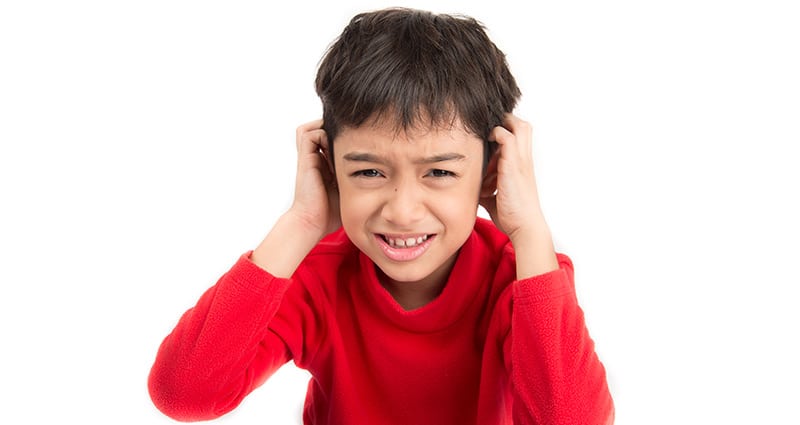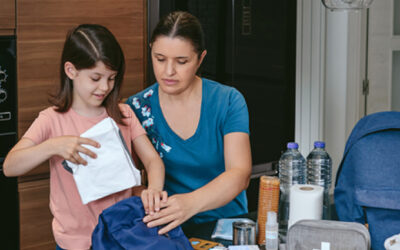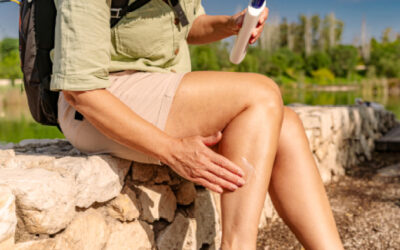Head lice are a common problem in school-aged children.
Lice are spread by direct head-to-head contact, although sometimes they can be spread by sharing brushes or hats. Lice are not a sign of poor hygiene, and they do not spread any diseases. They are just a nuisance. Fortunately, treatments are readily available.
Michele Salassi, MD, FAAP, pediatrician with Our Lady of the Lake Children’s Health, shares her tips for parents dealing with lice.
What should I do if my child has lice?
First, make sure of the diagnosis with someone experienced with lice, like a school nurse or the child’s pediatrician. Many times, dandruff, hairspray, scabs, dirt or other insects are mistaken to be lice, eggs, or nits, which are the empty egg cases left on the hair shaft after lice hatch.
Once the diagnosis is made, over-the-counter (OTC) medications, including permethrin or pyrethrins, are a reasonable low-cost first choice. Several prescription medications are also available. These are some treatment safety guidelines for medication use:
- Follow the instructions on the package carefully.
- Pay special attention to how long the medication should be left on the hair and how it should be washed off.
- Do not use a conditioner or shampoo/conditioner combination before applying lice medication. This can cause the medication to be less effective.
- Rinse hair in the sink, not the tub or shower, to decrease exposure of the medication to the child.
- Do not re-wash hair for one to two days after lice medicine is removed. Some medicines continue to work even after being washed out.
- A second treatment after seven to 10 days is sometimes needed to kill newly hatched lice, but if two treatments have not gotten rid of the lice, it’s time to check in with your child’s pediatrician.
What other treatments are available?
Manual removal of nits, or “nit-picking,” with a fine-tooth comb is often not effective alone to get rid of lice. It is also not necessary to prevent the spread of lice, but it can decrease confusion about diagnosis and social stigmatization. Alternative and home remedies, such as essential oils or occlusive agents like olive oil, have not been proven to be effective. Before using these therapies, discuss them with your child’s pediatrician.
How can I prevent the spread of lice at home?
All household members should be checked for head lice and treated if needed. Anyone who shares a bed with the affected person should also be treated. Although lice only survive one to two days without a human host, it is prudent to take some simple steps to clean the home environment. Clean hair care items and bedding used within the last two days by the person with lice. Wash clothing and bedding in hot water (at least 130 degrees Fahrenheit) and dry on high heat. Soak brushes and combs in hot water (at least 130 degrees Fahrenheit) for five to 10 minutes. Alternatively, items can be stored in a plastic bag for two weeks. Furniture, carpet, and other fabrics should be vacuumed.
For more information, check out the CDC’s website on lice and the American Academy of Pediatrics’ website for parents.




